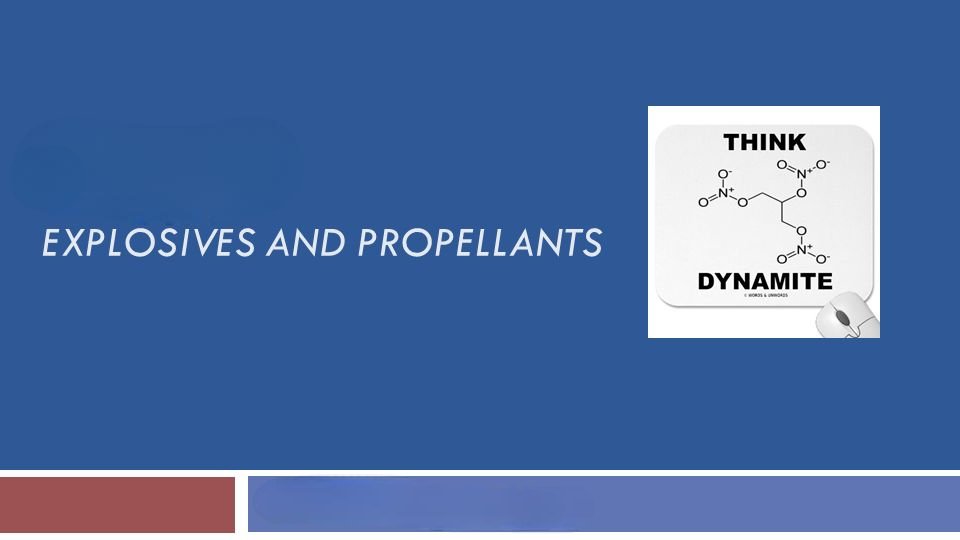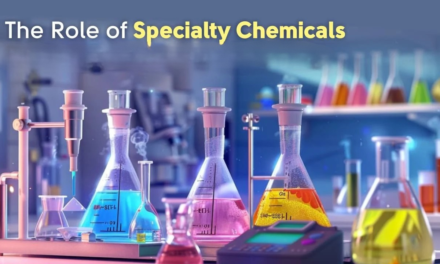Explosives and propellants are energetic materials used in various applications, including defense, aerospace, mining, and pyrotechnics. They release energy through rapid chemical reactions, with explosives creating destructive force and propellants providing thrust. Here’s a detailed overview of their definitions, classifications, and differences:
Explosives
Explosives are materials that undergo rapid chemical decomposition, releasing energy in the form of heat, gas, and pressure. This process is called detonation or deflagration, depending on the explosive type.
Characteristics:
- Rapid reaction producing large volumes of gas.
- High release of energy in a short time.
- Initiated by heat, shock, or friction.
Applications:
- Defense: Bombs, missiles, and grenades.
- Mining and Construction: Blasting operations.
- Pyrotechnics: Fireworks and signal flares.
Classification of Explosives
Explosives are classified based on their reaction speed, sensitivity, and intended use.
- By Reaction Type:
- Low Explosives:
- Burn rapidly (deflagration) without creating shock waves.
- Used as propellants in firearms and rockets.
- Examples: Black powder, smokeless powder.
- High Explosives:
- Detonate, creating a supersonic shock wave.
- Divided into primary, secondary, and tertiary explosives.
- Examples: TNT (Trinitrotoluene), RDX (Research Department Explosive).
- Low Explosives:
- By Sensitivity:
- Primary Explosives:
- Extremely sensitive to heat, friction, or impact.
- Used as initiators in detonators.
- Examples: Lead azide, mercury fulminate.
- Secondary Explosives:
- Less sensitive; require a primary explosive to detonate.
- Examples: TNT, PETN (Pentaerythritol tetranitrate).
- Tertiary Explosives:
- Require considerable energy input to detonate (e.g., blasting agents).
- Examples: ANFO (Ammonium nitrate-fuel oil).
- Primary Explosives:
- By Application:
- Military explosives (e.g., C-4, RDX).
- Commercial explosives (e.g., dynamite, ammonium nitrate).
- Pyrotechnic explosives (e.g., fireworks).
Propellants
Propellants are energetic materials that release energy in a controlled manner to produce thrust, typically by expelling gas. They are used to propel objects like rockets, bullets, or vehicles.
Characteristics:
- Controlled reaction rate (deflagration).
- Generate high-pressure gases for propulsion.
- Can be solid, liquid, or hybrid in form.
Applications:
- Aerospace: Rocket engines and spacecraft propulsion.
- Defense: Artillery shells, missiles, and small arms ammunition.
- Pyrotechnics: Firework rockets and model rocketry.
Classification of Propellants
Propellants are classified based on their physical state, chemical composition, and intended use.
- By Physical State:
- Solid Propellants:
- Single-phase material that burns to produce thrust.
- Examples: Composite propellants (ammonium perchlorate and aluminum powder).
- Liquid Propellants:
- Consist of a fuel and an oxidizer in liquid form.
- Can be hypergolic (ignite on contact) or cryogenic (stored at low temperatures).
- Examples: RP-1 (kerosene) and liquid oxygen (LOX).
- Hybrid Propellants:
- Combine solid fuel and liquid oxidizer.
- Examples: Polyethylene (solid fuel) and liquid oxygen (oxidizer).
- Solid Propellants:
- By Chemical Composition:
- Monopropellants:
- Contain both fuel and oxidizer in one molecule.
- Examples: Hydrazine, hydrogen peroxide.
- Bipropellants:
- Separate fuel and oxidizer components.
- Examples: RP-1 and LOX.
- Composite Propellants:
- A mix of oxidizer, fuel, and binder in a solid matrix.
- Examples: Ammonium perchlorate and powdered aluminum.
- Monopropellants:
- By Application:
- Rocket Propellants:
- High-energy materials designed for spacecraft and missile propulsion.
- Gun Propellants:
- Provide the energy to propel projectiles in firearms.
- Model Rocket Propellants:
- Used in small-scale rocket systems.
- Rocket Propellants:
Advancements in Explosives and Propellants
- Green Explosives and Propellants:
- Development of low-toxicity materials to reduce environmental impact.
- Examples: Ammonium dinitramide (ADN) as a greener oxidizer.
- Nano-Enhanced Materials:
- Use of nanoparticles to improve energy density and reaction rates.
- Examples: Nano-aluminum in solid propellants.
- Hybrid Systems:
- Combining benefits of different classes, such as hybrid propellants in aerospace.
- Improved Stability and Safety:
- Development of insensitive munitions to reduce accidental detonations.
- Examples: Plastic-bonded explosives (PBX).
- High-Performance Materials:
- Focus on higher specific impulse in propellants for space missions.
- Examples: Advanced cryogenic fuels like liquid methane.
Conclusion
Explosives and propellants are foundational to industries like defense, aerospace, and construction. While explosives are optimized for rapid energy release and destruction, propellants are engineered for controlled thrust. Continued advancements focus on enhancing efficiency, safety, and environmental sustainability in their use and production.
Hashtags
#ExplosivesAndPropellants #ExplosivesTechnology #PropellantChemicals #HighEnergyMaterials #ExplosiveMaterials #ExplosivesClassification #PrimaryExplosives #SecondaryExplosives #TertiaryExplosives #ExplosiveMaterialsTypes #SolidPropellants #LiquidPropellants #HybridPropellants #RocketPropellants #AerospacePropellants #ExplosiveSafety #ChemicalSafety #PropellantRegulations #ExplosiveMaterialsRegulations #HazardousMaterialsSafety #MilitaryExplosives #AerospaceExplosives #DefenseIndustryPropellants #RocketTechnology #ExplosiveApplications

















